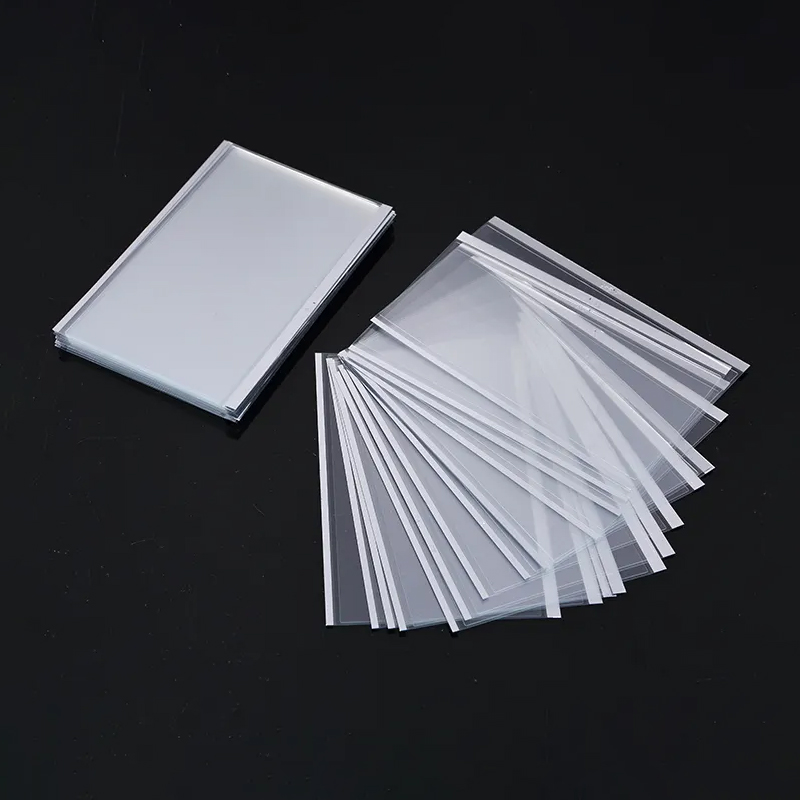In the fabric processing industry, mechanization has long been the protagonist. From cotton picking to spinning to cutting garments, robots have semi-automated the production of many garments.
Cynthia Istik, a textile/clothing researcher at North Carolina State University, said that in highly automated factories, fabrics are first cut through mechanical textiles, followed by computer-controlled cutting opportunities. Clothing parts such as collars and cuffs in formal shirts can also be machine-made, and some more specialized machines can even sew buttons or pockets themselves.
However, for the textile industry, having the robot stitch the fabric into a whole (such as a pair of jeans or T-shirts) is still the biggest challenge. Even in the most advanced factories, this process is usually done manually: after the robot completes all the components of the garment, the worker puts the fabric into the sewing machine for sewing, and then delivers the stitched fabric to the next step of the assembly line.
However, history is being rewritten. Recently, Jonathan Zorno, founder and sole employee of Seattle-based startup Sewbo, said that he has made a breakthrough, saying that he has overcome the common obstacles of garment automation and successfully used a industrial robot to sew a T-shirt.
Get inspiration from 3D printing
Prior to founding Sewbo, Zorno was a programmer who was fascinated by highly automated mechanical projects. When studying 3D printing, he discovered a water-soluble thermoplastic polymer material. This material is the raw material for 3D printing and is also commonly used in the textile industry. Zorno realized that by immersing the soft cloth in the molten polymer, a "hard fabric" that is easy to automate can be obtained.
Prior to suturing, Zorno first used the ultrasonic welding technique to "splicing" the fabric together. After the stitching is completed, the finished product is immersed in a water-soluble thermoplastic polymer material, "making it like a metal sheet, making it easier for traditional robots to operate." After the production is completed, the robot will immerse the fabric in hot water and wash away the polymer “enhancer†to make the fabric look back.
The robot is priced at $35,000
To complete this process, Zorno used a sewing machine and a robotic arm called the UR5. This collaborative robot is built on a general-purpose machine and sells for about $35,000 (about RMB 235,500). It is designed to work with or assist humans. Its setting process is very simple, as long as it is displayed to it or set up using special software, UR5 can repeat the specified task.
Oca Sheet

OCA (Optically Clear Adhesive) glue sheet is a type of adhesive film that is used in the assembly of electronic devices, particularly in the display industry. It is a transparent and optically clear adhesive that is used to bond different layers of a display module together. OCA glue sheets are commonly used in the manufacturing of smartphones, tablets, and other electronic devices with Touch screens or LCD displays.
The main purpose of OCA glue sheets is to provide a strong and reliable bond between the layers of a display module, while also ensuring optical clarity and minimal distortion. It helps to eliminate air gaps and improve the overall visual quality of the display by reducing reflections and enhancing color vibrancy.
OCA glue sheets are typically made of a high-quality acrylic material that is optically transparent. They are available in various thicknesses and sizes to suit different display applications. The sheets are usually pre-cut to the required dimensions and then applied to the display layers using a lamination process.
Overall, OCA glue sheets play a crucial role in the manufacturing of electronic devices with displays, providing a reliable and visually pleasing bonding solution.
Oca Sheet,Oca Sheet Paper,Oca Glue Sheet,Oca Glue Paper Sheet
Dongguan Jili Electronic Technology Co., Ltd. , https://www.touchmanufactor.com